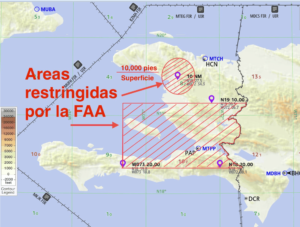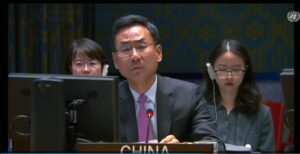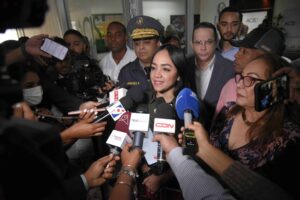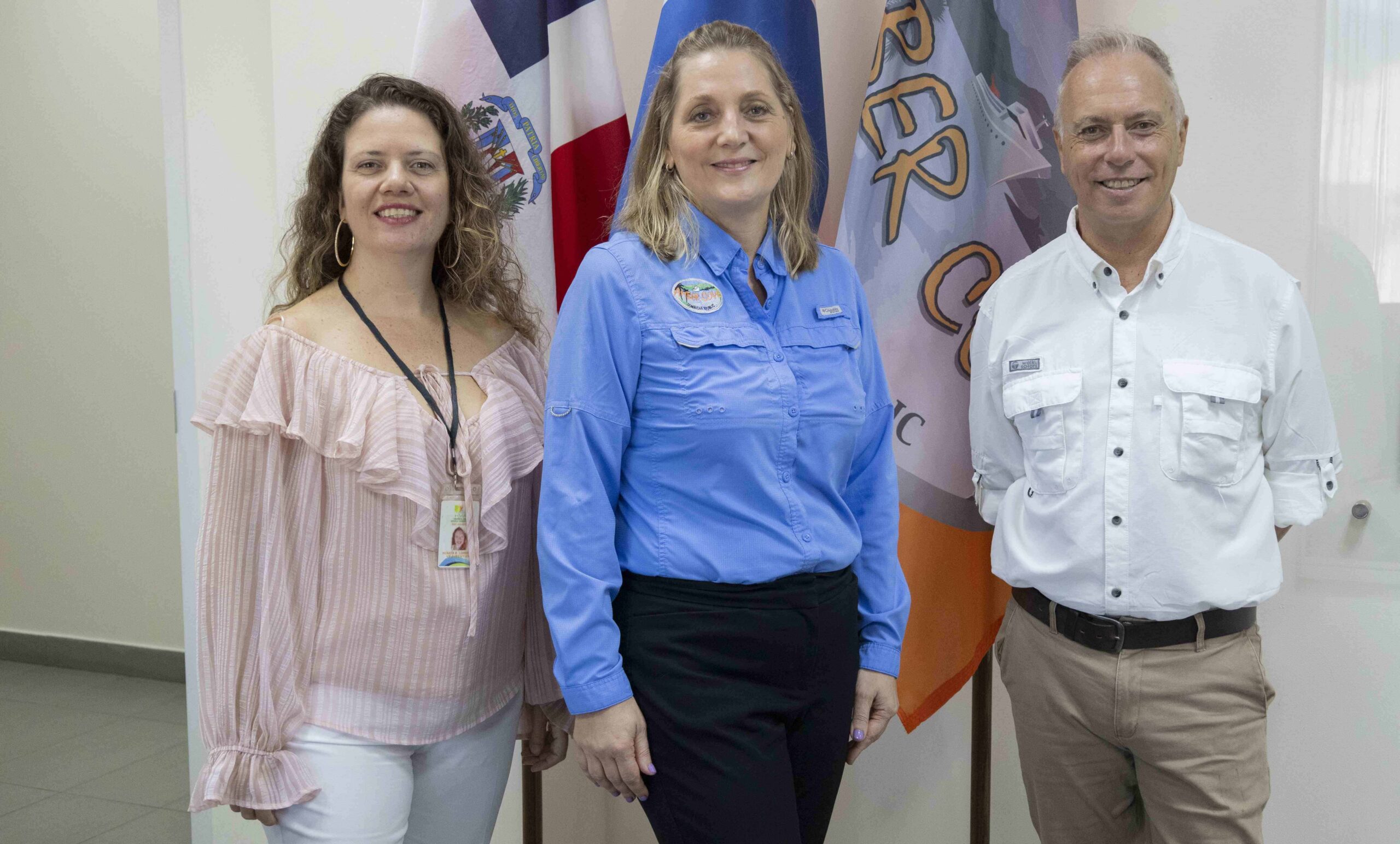
The generation of waste solids In the Dominican Republic it represents one of the most pressing problems in terms of management. environmental: It is estimated that each person produces around 1.20 kilos of trash daily.
The population’s lack of knowledge about how classify correctly waste that they generate means that only in Maimón, a municipality tourist in which 8,053 inhabitants live in the province of Puerto Plata, the dump open pit community be the final repository of, at least, 9,663 kilograms per day – about 9.66 tons – of food scraps, cardboard, paper, glass and single-use plastics.
However, both people and merchants who live there have shown interest in reducing the amount of polluting materials they produce, due to the level of connection of the community with the around natural environment that surrounds them, said Fernando Ramírez, founding member of the non-profit organization, Heroes of the Environment.
“The citizens of Maimón are clear that if the mountain next to them falls apart, they will have no water below,” said Ramírez, whose organization is allied with the port tourist of Amber Cove in the execution of the project Maimón Zero Wastewhich seeks to take advantage of the community initiative for the joint development of tools that allow them to reduce these waste.
The program, which has been running since last July, aims to establish, within a period of two years, a management model for waste solids to eventually convert municipality in the first community zero foam of the country, emphasized the executive director of Heroes of the EnvironmentRenata Lordello.
The phases
At the moment, Maimón Zero Waste exhausts a first phase of sensitization of community leaders, merchants and the city council, key actors for its execution.
This requires training sessions for community members, so that they know what the microplasticshis impact in the water resource and how they affect daily life, especially the health of human beings.
These trainings also seek to ensure that the community members know how much trash produce daily in their homes and how to learn to classify them, through group exercises in which each person carries the trash that has accumulated, weighs it and begins to separate it.
“The Maimoneros have been super receptive. In the end it is not difficult to separate the trash. There is a lot in having will and wanting to do things well,” remarked the manager of the port of Amber CoveSharon Mei.
With these exercises, the aim is to make a diagnosis of the amount of trash that occurs throughout the community to give rise to the design of a plan actionwhich will include strategies that reduce the type of waste solids that are produced the most.
“All of this is done in a participatory manner. It is the actors themselves who define what waste they have. Everything that generates value in the community will stay in the community”Founding member of the NGO Héroes del Medioambiente.
The plan of action seeks to include concepts of economy circular, such as the production of fertilizer and composting through organic waste, as well as the recycling of plastics for the creation of new products, such as plastic wood, which could be used in the construction sector.
Once classified waste and generated the plan actionthe volumes of trash that produces the community for the hiring of a company recycle all these wastethus preventing them from reaching the dump. “If you don’t start classifying, there is no possible value chain,” added Ramírez.
Impact the market
He port tourist of Amber Cove is one of the main employers of the communitysince 70% of those who work there reside in Maimón.
The company that manages this portCarnival Corporation, executes a plan environmental which includes water management and the classification of waste under rigorous international standards that apply to both ports and cruise ships, Mei noted.
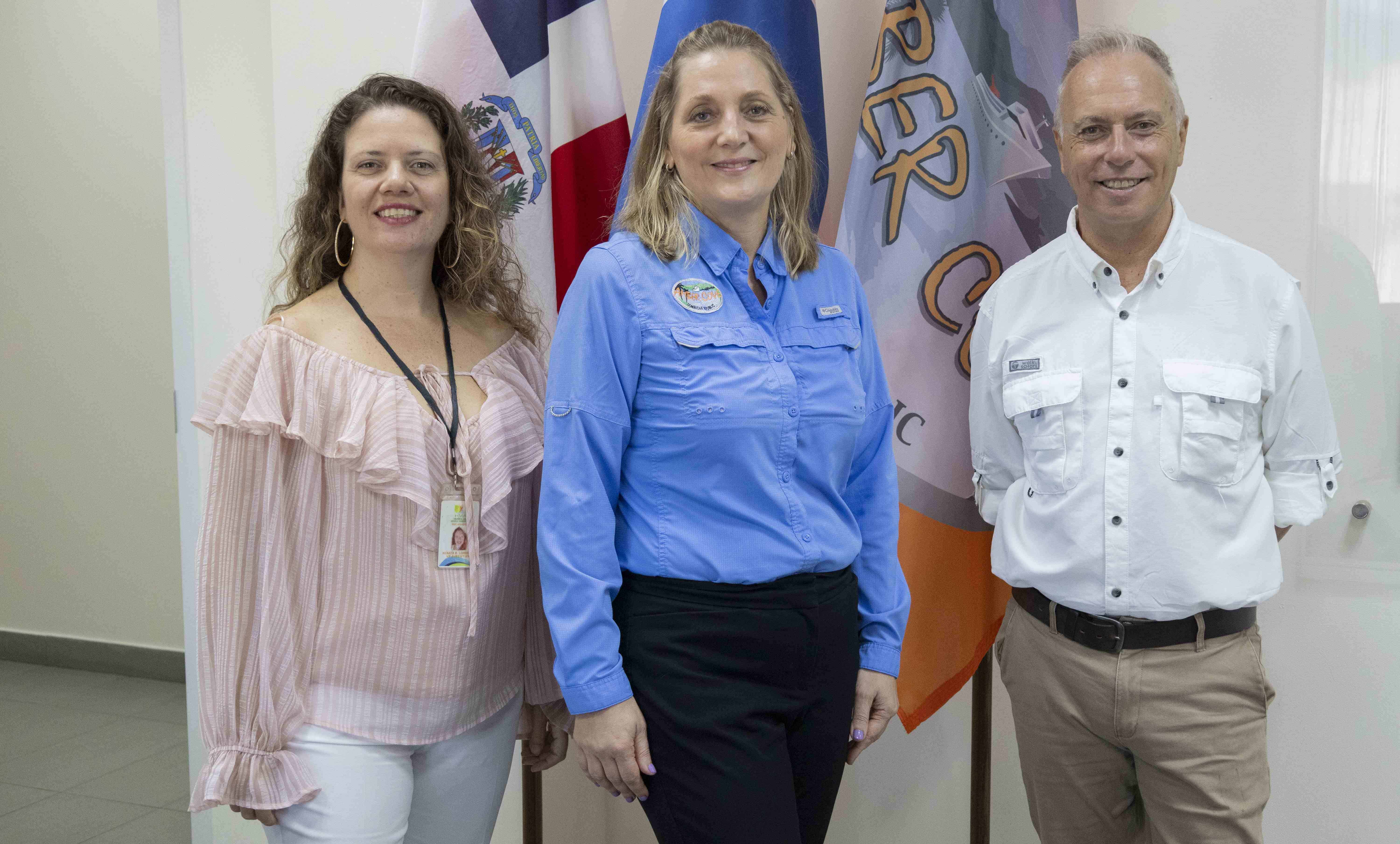
From June 2023 to September of this year, the corporation has diverted around 97 tons from the municipal landfill, recycling materials such as plastics, cans, cardboard, glass and organic waste.
“We are preventing the trash of us go to dump by almost 50%,” said Mei, who added that the company classifies its waste and delivers them to Eco Atlántico, a company that collects them, and then processes them.
The involvement of the employees in this management of waste inside the port It makes it easier for them to transfer this knowledge to their homes and, with the support of the program, to become “reproducers of the message.”
As it develops projecthe port hopes to influence market local through the demand for the use of more environmentally friendly packaging from the multiple companies that it subcontracts within the municipality.
This strategy would allow the port influence the market and ensure that businesses gradually reduce their dependence on the use of single-use plastics.


